Machu Picchu
We will start with what is often the final destination: Machu Picchu, the highest point. It is an Inca city at the top of the mountain surrounded by temples, water channels and terraces. It was declared Cultural and Natural Heritage of Humanity by UNESCO for being considered as an important religious, political and administrative center of the Inca period.
Machu Picchu is totally and absolutely justified that people move to visit this place since it is one of the most visited in Peru. Exploring Inca jewels in the most amazing natural environment doesn’t sound all that bad. Are you already considering how to get to Machu Picchu? How soon we have convinced you!
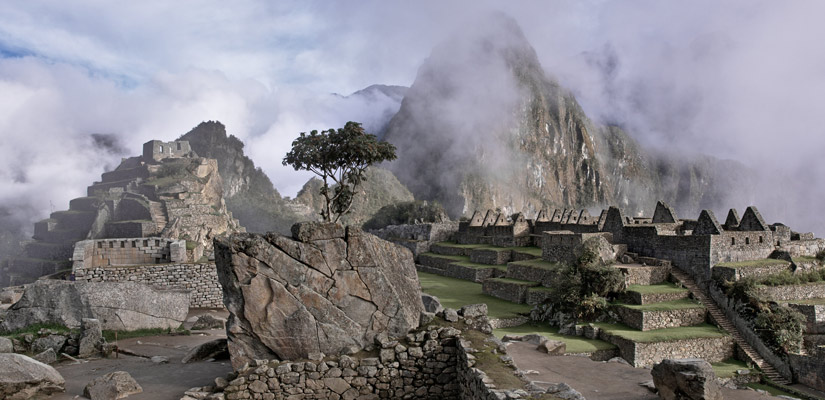
Ollantaytambo
The next stopis the archeological Ollantaytambo, a typical Peruvian village very picturesque with archaeological remains, of course. The area where it is seen from a distance are shaped like a llama. To get there you have to climb some steep steps (the effort is worth it) that lead to large stone blocks of 6 tons that form the famous Temple of the Sun. During the summer solstice, the sun passes through and points to the eye of the animal.
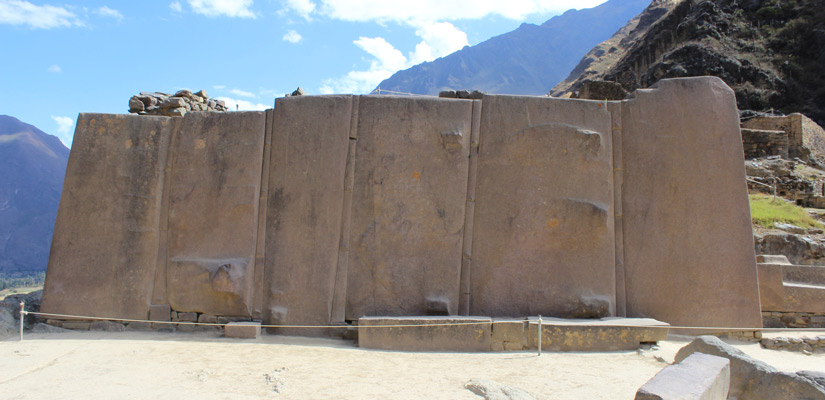
Urubamba
Urubamba is the next destination, the same name is given to the province, the city and the river. Enclosed by nature, it matches a lot of adventure sports. In the city, the people are experts in the art of pottery and have many traditional and contemporary Andean ceramic styles that can be seen in galleries that offer visits and demonstrations.
Maras
Archeological site of Moray
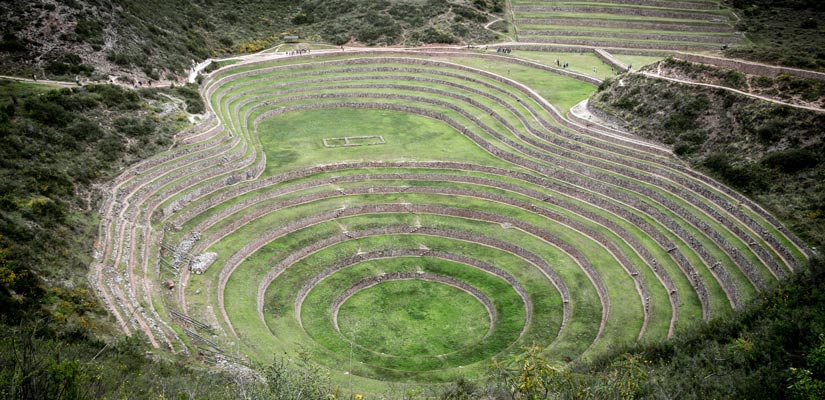
In your visit to the archaeological site of Moray you’ll find a kind of Inca agricultural laboratory in the deep valley. Continuous circles in the earth at different depths were excavated, creating a microclimate in each step with the purpose of cultivating plantations that required different temperatures. Each step down, the temperature increases 3ºC (37ºF), reaching a 10ºC (50ºF) difference of temperature between the highest point and the lowest. You know what to do if you are cold!
Maras Salt Mines
After visiting this Inca greenhouse it’s time to get to the Maras Salt Mines. The salt without iodine form this mines is one of the most sought-after salts in the world. These salt mines are composed of 3.000 cells, each of them operated by a different family.
There are three types of salts: the normal, the rose and the one used for animals. This stop is a natural spectacle that you can not miss. Salt is the typical souvenir of Maras, however you can find it in other areas much cheaper.
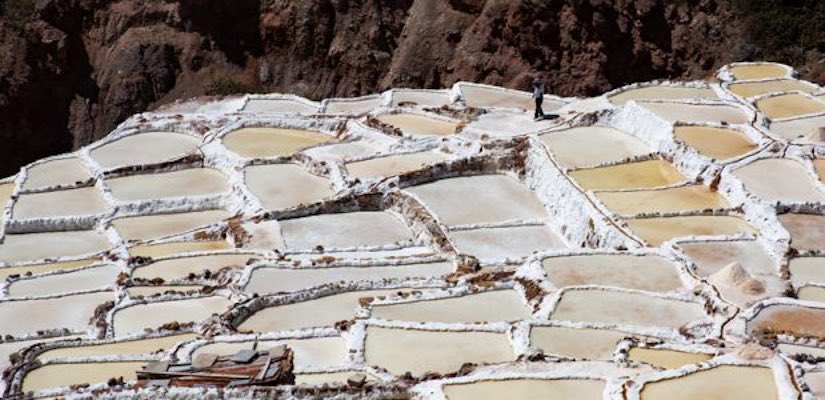
Chincheros
Next stop in the Sacred Valley tour is Chincheros, a town with cobbled streets and in whose great square on Sundays people put one of the few traditional markets that remain in authentic Peru. Barter still works as a method of payment! In the square there is also a church called Iglesia de Nuestra Señora de la Natividad and it is one of the first Christian constructions in Peru. Among its curiosities we highlight that the bell tower is totally separated from the church and inside of it there are numerous images with Spanish saints.
Cusco
The next destinationis the city of Cusco, the ‘historical capital’ of the country and the ancient capital of the Inca Empire. Besides Inca remains, the Spaniards left their mark on this city, building churches, palaces and Baroque and neoclassical squares. Due to the large number of monuments that it houses is called the ‘Rome of America’ and this reason was what made it in World Heritage by UNESCO in 1983.
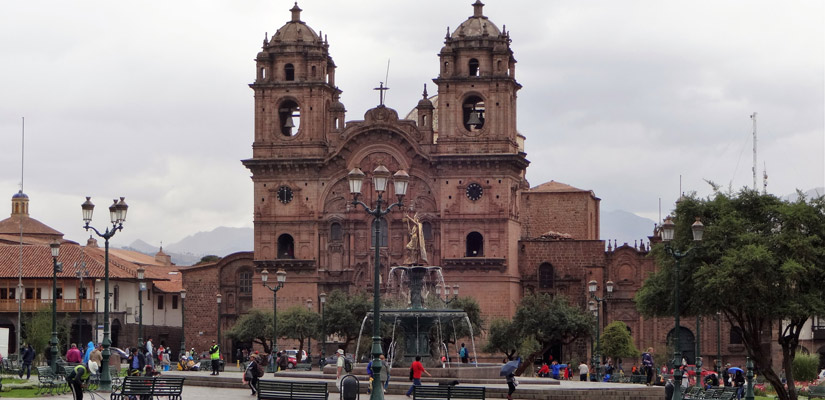
Calca
Arriving at the end of the trip there’s Calca, a town with spectacular views of the Sacred Valley of Incas. Asyou haven’t seen enough archeological sites, in Calca, the spectacular archaeological monument Huchuy Qosqo awaits you. Before finishing the Sacred Valley tour in Pisac, do you feel like a relaxing bath in the thermal baths?
Pisac
Here’s the end of the tour: Pisac, one of the most visited archaeological sites in the Sacred Valley. Besides the ruins, the town has a lot of tourist interest, its streets and its market make this town the best place to end this great adventure.
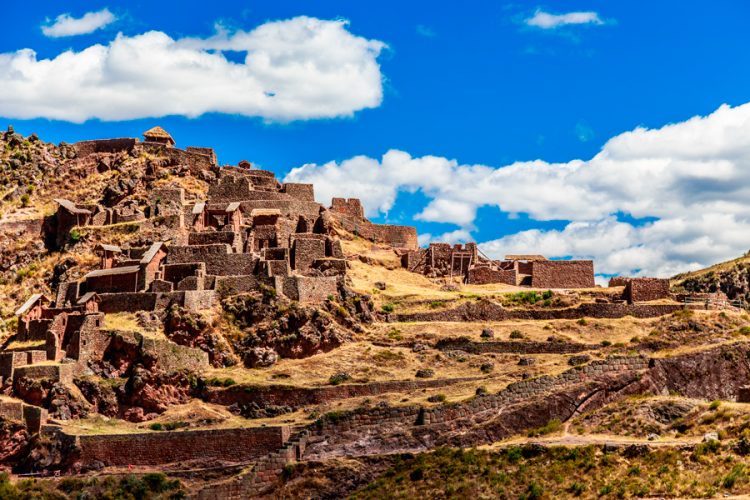
A tour undoubtedly exciting, know the real Peru, walk the streets of their villages, markets and archaeological ruins, an unparalleled experience! Grab your backpack and put on some good boots because getting to know the traditions of Peru first hand is a plan that you do not have to think about, do you dare?


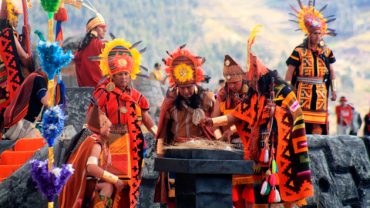
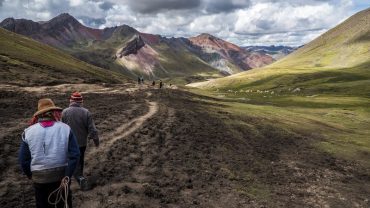

Comment (0)